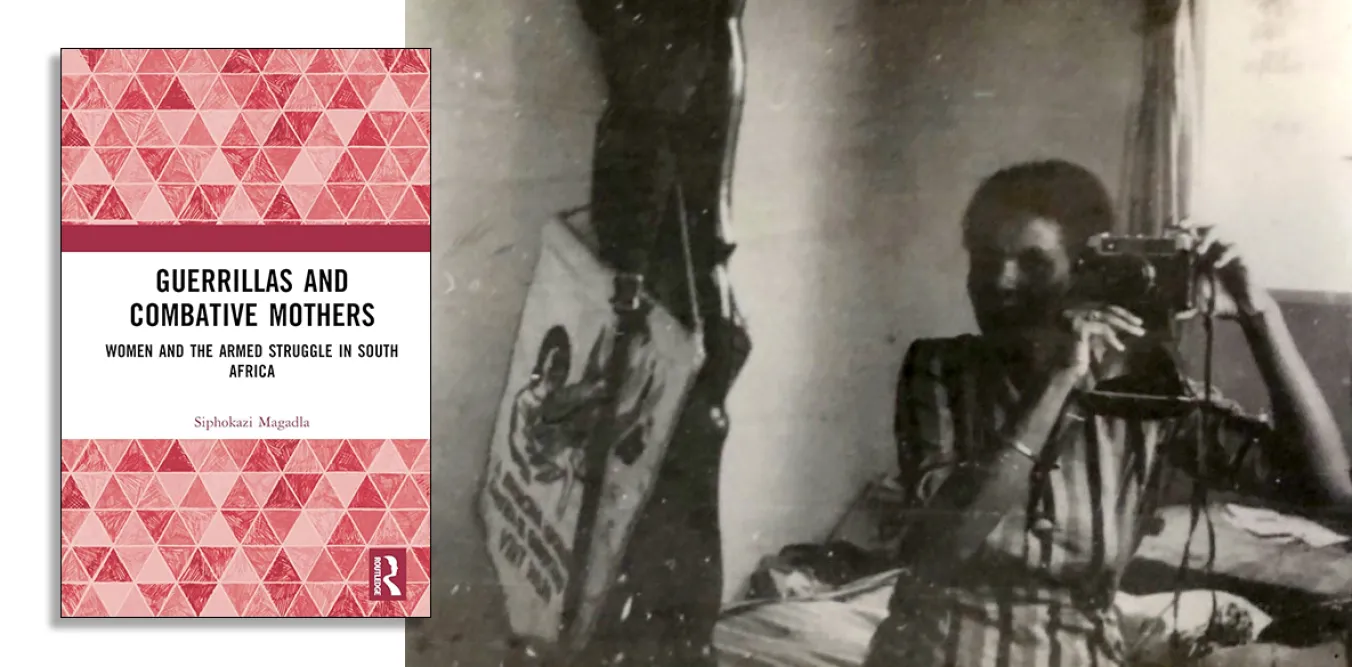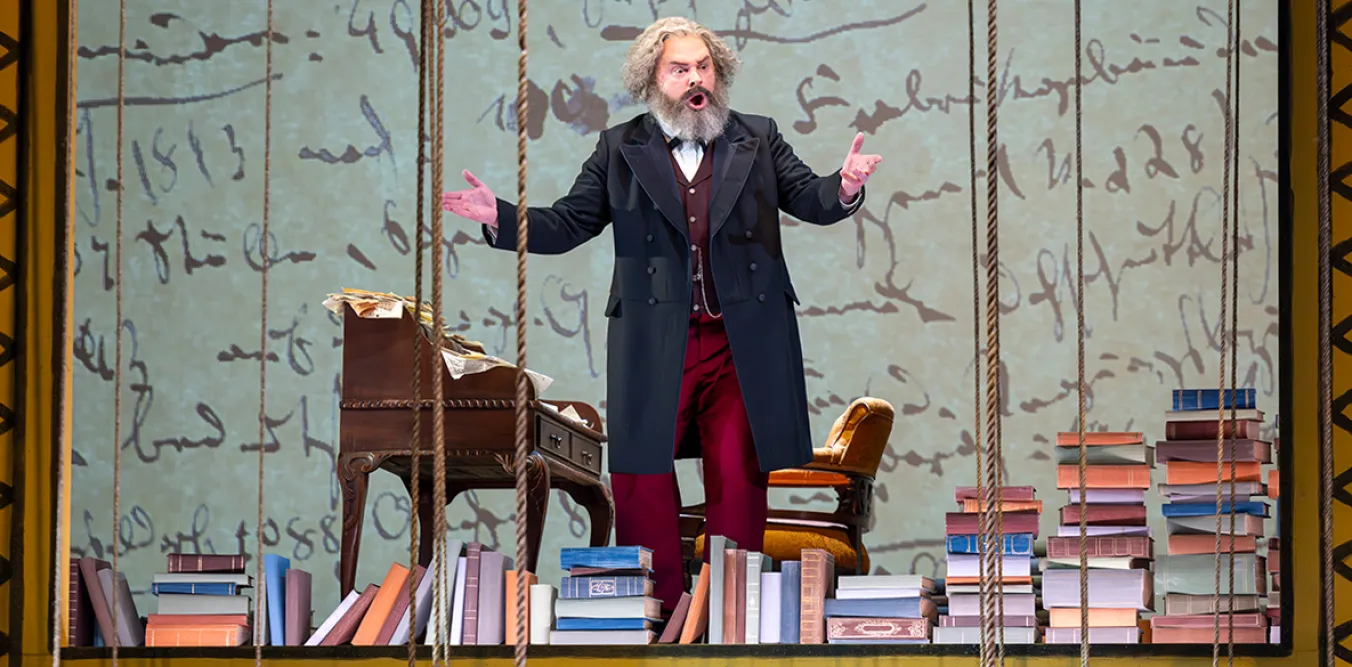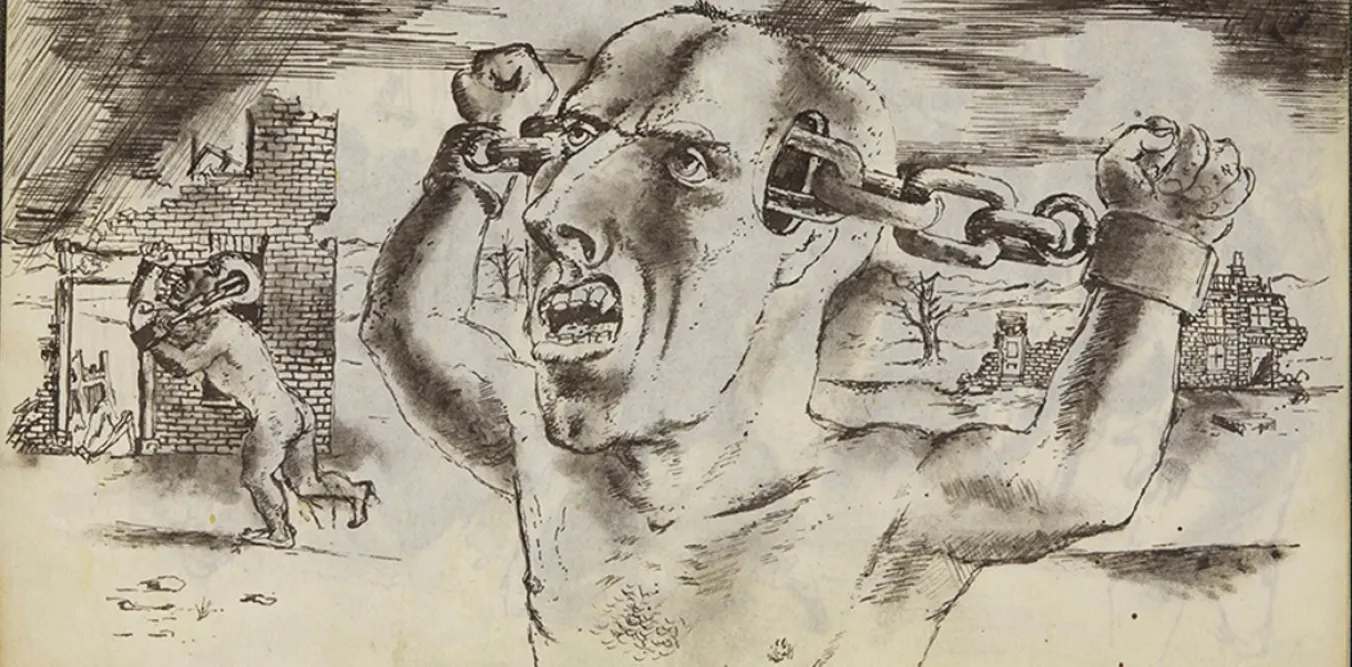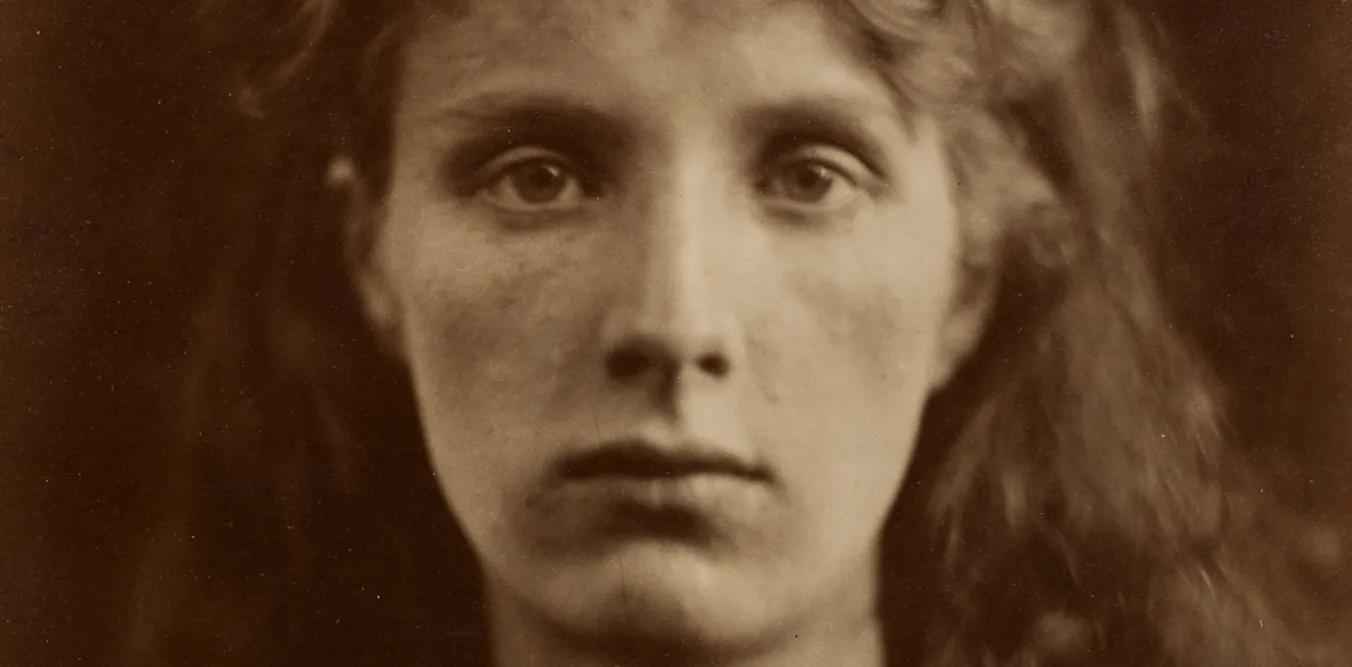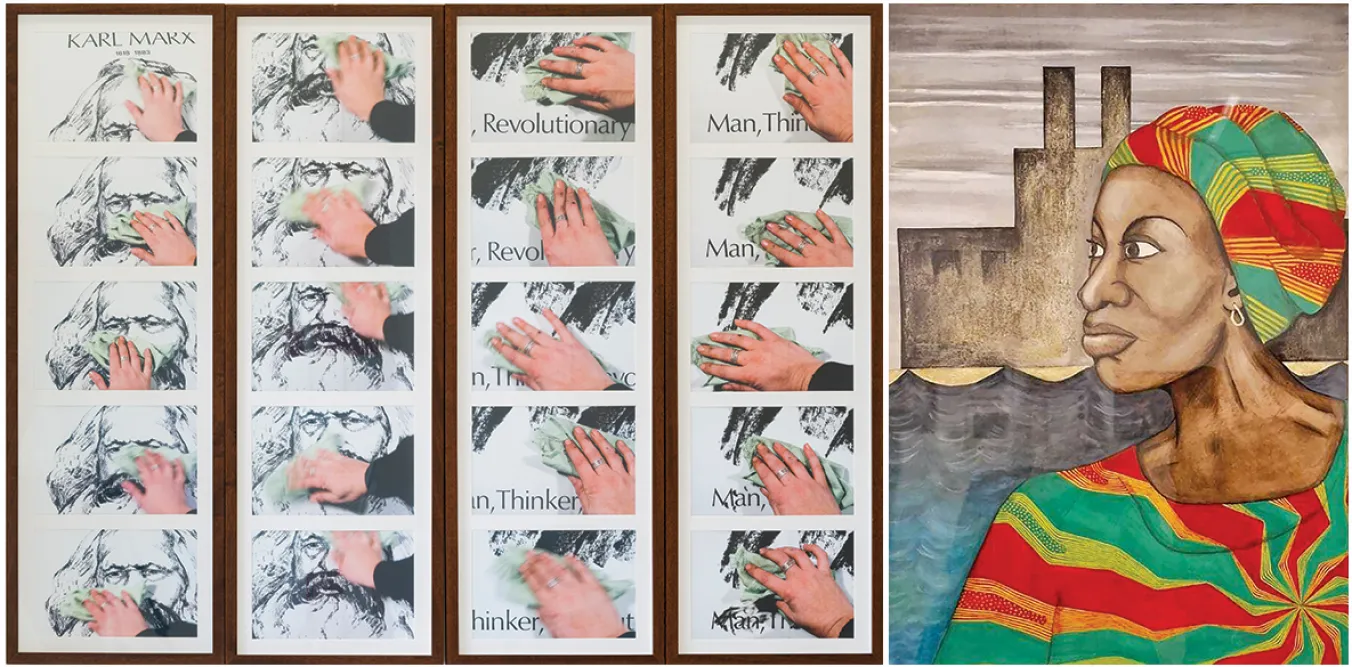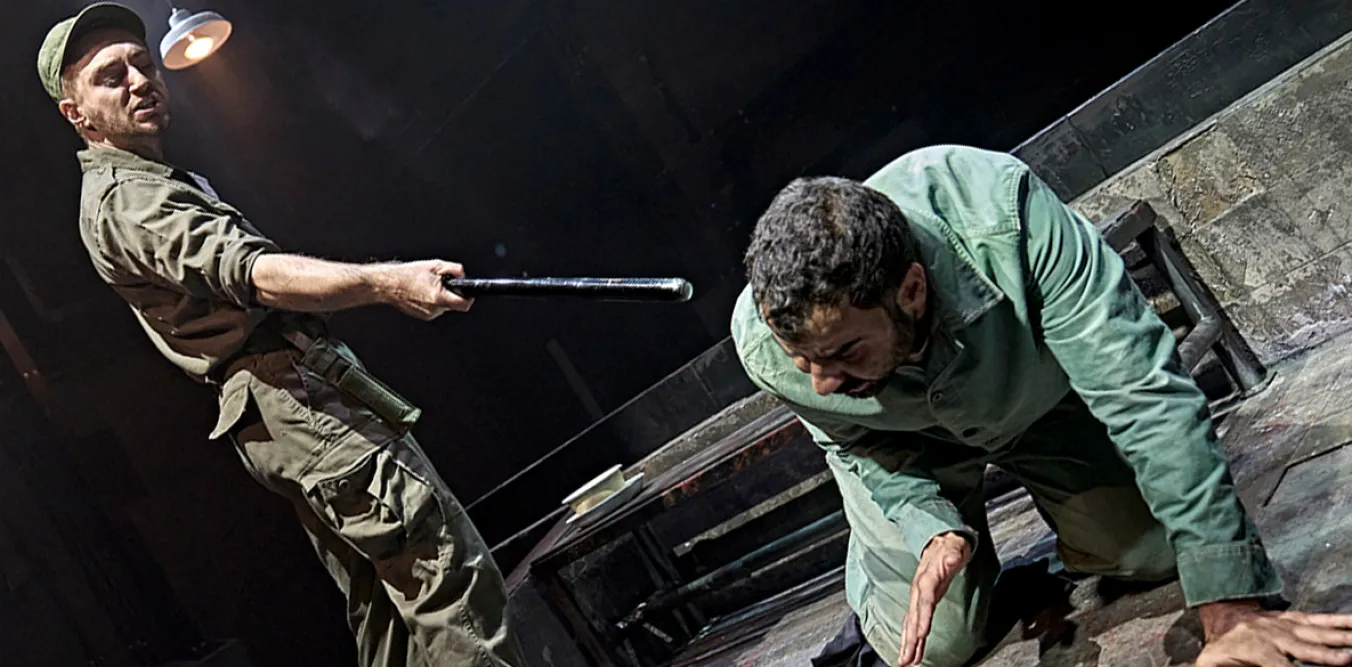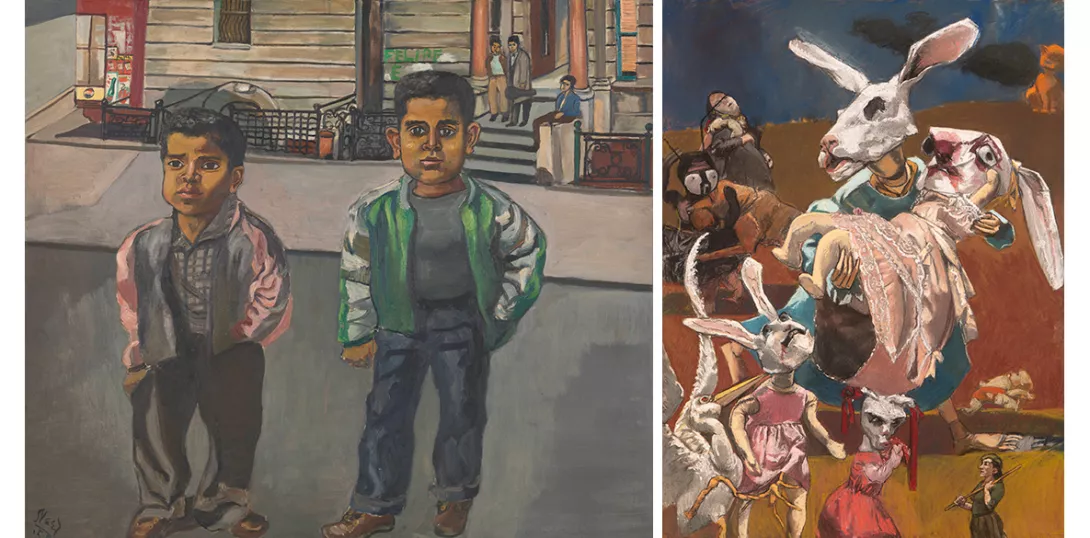
IN January 2023 it was a pleasure that Tate Modern’s important Autumn/Winter 2022-2023 Cezanne exhibition was ongoing. One of the truly great European artists, his acutely intelligent gaze opened the way for the early Modernists, notably for Pablo Picasso’s and Georges Braque’s Cubism which soon shattered academic art’s dominance.
Their formal innovations soon inspired Piet Mondrian whose pioneering abstractions were coupled with ones by the hitherto little known Hilda Af Klint at Tate Modern. It was interesting to discover her works, but these were unfortunately outshone by the clarity, inventiveness and purposefulness of his, and it may have been better to introduce the public to hers alongside a less original artist.
Nevertheless, it is heartening that women artists are at last being increasingly exhibited. This brings with it, however, the danger of promoting mediocre artists by careerist curators seeking novelty, and from dealers with an eye out for artists whose works are still mostly cheaper than men’s.
This danger does definitely not apply to Alice Neel, and the Barbican Art Gallery’s large solo exhibition Alice Neel Hot off the Griddle was a real treat. One of the greatest 20th-century American painters, her commitment to communism and realism, together with her gender, have caused her to be overshadowed by male Abstractionists for far too long. She lived off welfare with two children for most of her adult life until being promoted in later life by Linda Nochlin, the socialist art historian.
Two of Neel’s paintings can be seen until 28 April 2024 at Tate Modern’s Capturing the Moment. Described as a journey through painting and photography, it contains works by a multitude of Western artists including Andy Warhol, Pablo Picasso, Francis Bacon, Pauline Boty, Paula Rego, Luc Tuymans and Dorothea Lange. That many works are drawn from the Tate’s permanent collection which saves extra insurance and transportation costs, is surely a sign of the times when British public arts funding is far from generous.
Another way to attract income is to include “safe” favourites in exhibition titles, as do After Impressionism: Inventing Modern Art at the National Gallery and Impressionists on Paper at the Royal Academy. Still, it is always a pleasure and sometimes a shock to see originals of works familiar from reproductions and the plethora of these in both exhibitions made visits worthwhile. The works’ framing, scale, brilliancy of colour and evident brushwork can rarely be equalled by mechanical reproductions, while the knowledge that what we see is actually what the artist created conveys emotional and psychological truths.
Commercial galleries occasionally stage important exhibitions and these are free; one being RB Kitaj – London to Los Angeles at Piano Nobile, London. An American who self-exiled to Europe, he studied at London’s Royal College of Art and is often mistakenly linked to Pop Art. In fact his complex, enigmatic references to history, world literature, sex and personal relationships deliberately defy univalent interpretations, while his superb draughtsmanship and bold colour visually seduce the viewer.
I am happy that Hew Locke’s marvellous installation The Procession, one of this year’s highlights at Tate Britain, has now travelled to The Lowry, Salford. Tate Britain’s ongoing Women in Revolt : Art and Activism in the UK 1970-1990 features 100 artists, many of whom deserve to be better known. It addresses their struggles against social inequality and oppression and art world marginalisation. It is wonderful that many battles have been won, yet commercial prices for most women’s art are still lower than for men’s and many still juggle greater family and domestic demands, while thirsting for the studio.
Capturing the Moment runs until April 28 2024, Tate Gallery London, Tate.org.uk
R B Kitaj – London to Los Angeles runs until January 26, Piano Nobile London piano-nobile.com

